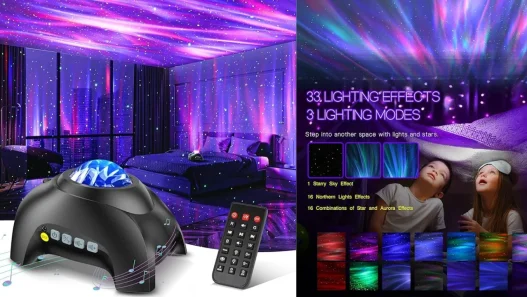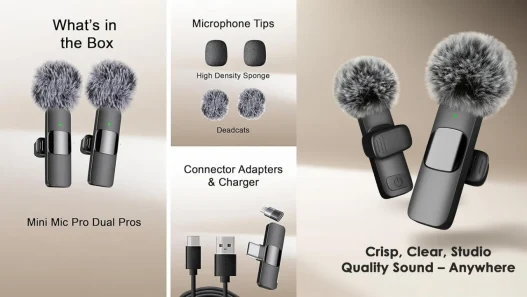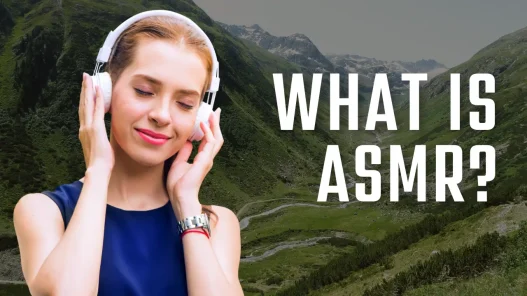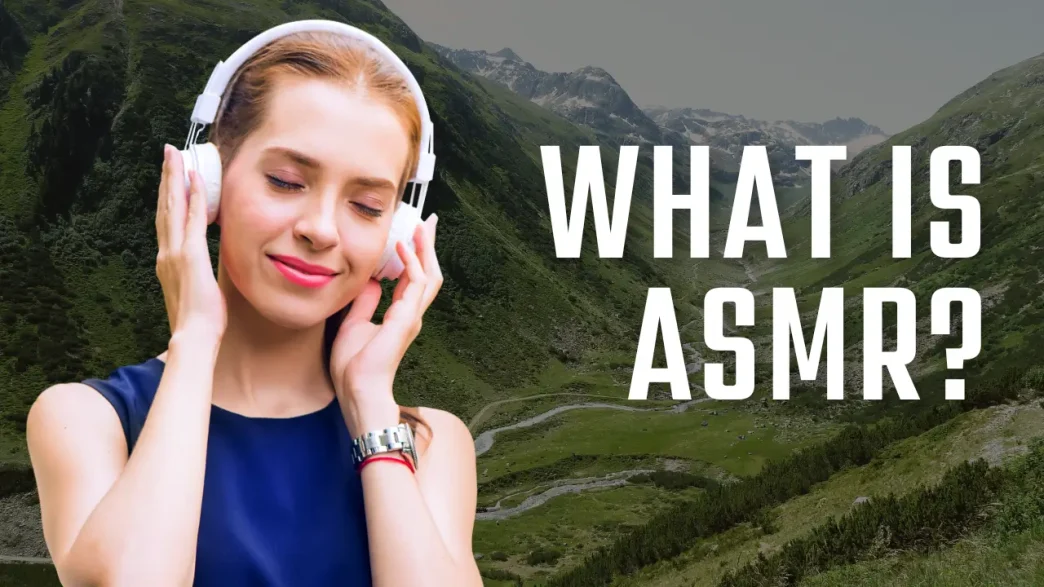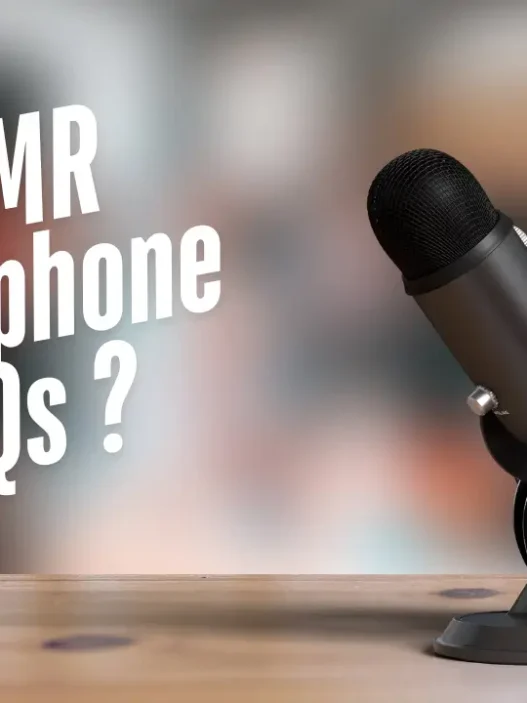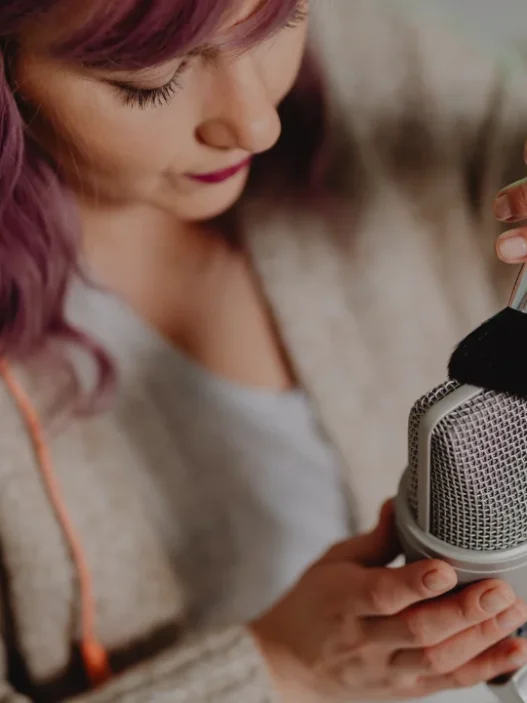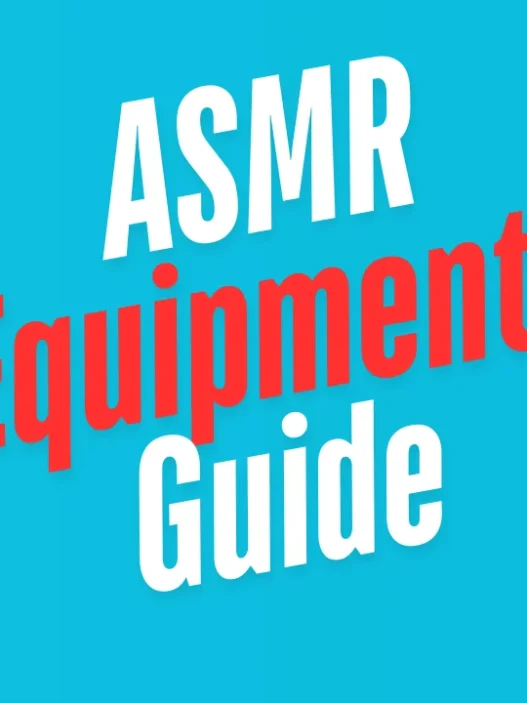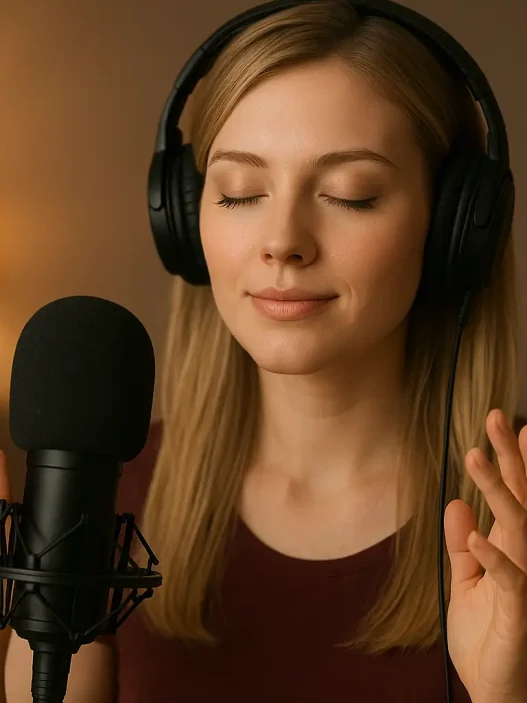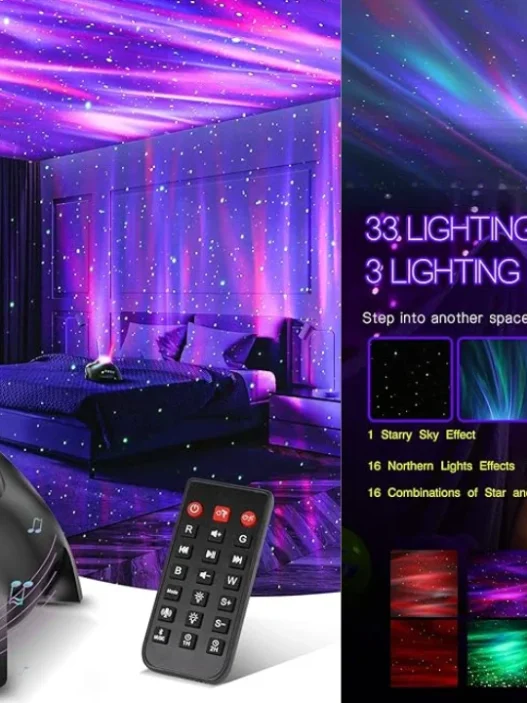Have you ever felt a tingling sensation on your scalp or neck while listening to a soothing whisper, gentle tapping, or the sound of rain? If so, you might have experienced ASMR (Autonomous Sensory Meridian Response). This phenomenon has taken the internet by storm, with millions tuning into ASMR videos for relaxation, sleep, and stress relief.
But what exactly is ASMR, and how does it work? Whether you’re a curious newbie or someone looking to deepen their understanding, this guide will walk you through everything you need to know.
What is ASMR?
ASMR stands for Autonomous Sensory Meridian Response , a term coined in 2010 to describe a tingling, calming sensation that begins on the scalp and travels down the body. Often triggered by specific sounds, visuals, or actions, ASMR creates a deeply relaxing “brain buzz” that many compare to a gentle massage for the mind.
Common ASMR triggers include:
- Whispering or soft-spoken voices
- Tapping (e.g., nails on surfaces, keyboard clicks)
- Crinkling sounds (paper, plastic wrappers)
- Personal attention (e.g., roleplays like haircuts or doctor visits)
- Repetitive motions (brush strokes, hand movements)
While not everyone experiences ASMR, those who do often use it to combat anxiety, insomnia, or simply unwind after a long day.
How Does ASMR Work?
Scientists are still studying ASMR, but early research suggests it activates brain regions linked to emotional bonding and relaxation . Functional MRI scans show increased activity in the prefrontal cortex (responsible for social engagement) and decreased activity in the amygdala (associated with stress).
The Science Behind the Tingles:
- Sensory Stimuli : Specific sounds or visuals activate the brain’s reward system.
- Dopamine Release: Triggers may boost dopamine, a “feel-good” neurotransmitter.
- Relaxation Response: Heart rate and stress hormones drop, inducing calm.
While ASMR isn’t universally experienced, studies estimate that 20-30% of people feel the tingles.
Why has ASMR become so popular? Here’s how it helps:
- Reduces Anxiety and Stress: 84% of ASMR users watch videos to relax [University of Sheffield Study]
- Improves Sleep: Slow, repetitive sounds can lull listeners into deeper sleep.
- Enhances Focus: Some use ASMR to boost concentration during work or study.
- Emotional Comfort: Roleplays simulate personal connection, easing loneliness.
How to Experience ASMR: A Beginner’s Guide
Step 1: Find Your Triggers
- Not all ASMR works the same! Experiment with different triggers:
- Auditory: Try whispering, rain sounds, or tapping.
- Visual: Watch hand movements, brush strokes, or kinetic sand videos.
- Tactile: Some prefer physical triggers like a light touch (called “tingle therapy”).
Step 2: Choose the Right Environment
Wear headphones for immersive sound, and pick a quiet space to minimize distractions.
Step 3: Explore ASMR Platforms
- YouTube : Search ASMR for beginners.
- Spotify : Look for ASMR sleep playlists.
- Apps : Try Tingles for curated content.
Step 4: Be Patient
If you don’t feel tingles immediately, don’t worry! It can take time to discover what works for you.
Common ASMR Myths Debunked
“ASMR is weird or sexual”: Most content is purely therapeutic—think meditation, not titillation.
“Only certain people feel it”: Even if you don’t get tingles, ASMR can still relax you.
“It’s a new trend”: People have reported ASMR-like experiences for decades; the internet just gave it a name.
Best ASMR Videos for Beginners
- Whispered Relaxation: Soft-spoken storytelling or affirmations.
- Nature Sounds: Rainstorms, ocean waves, or crackling fires.
- No-Talking Videos: Pure sounds like page-turning or slime crunching.
FAQ About ASMR
Q: Is ASMR scientifically proven?
A: Early studies suggest real neurological effects, but more research is needed.
Q: Can ASMR help with insomnia?
A: Many users report improved sleep, though results vary.
Q: Are there side effects?
A: ASMR is generally safe, but avoid overly loud volumes to protect hearing.
Ready to Try ASMR?
Whether you’re seeking stress relief, better sleep, or just curiosity, ASMR offers a free, accessible way to unwind. Grab your headphones, explore different triggers, and let your brain hit the “relax button.” You can also read this article Best ASMR Triggers for Relaxation.
Pro Tip : Start with shorter videos (10-15 minutes) to see what resonates.





